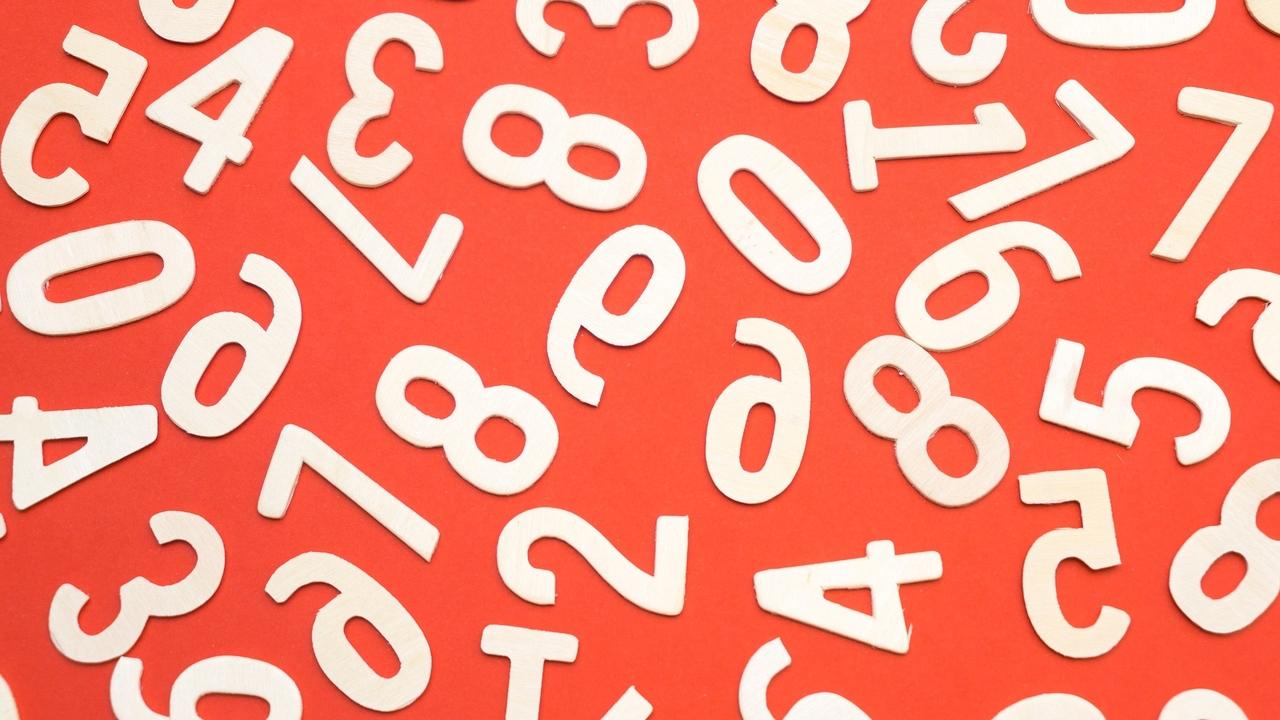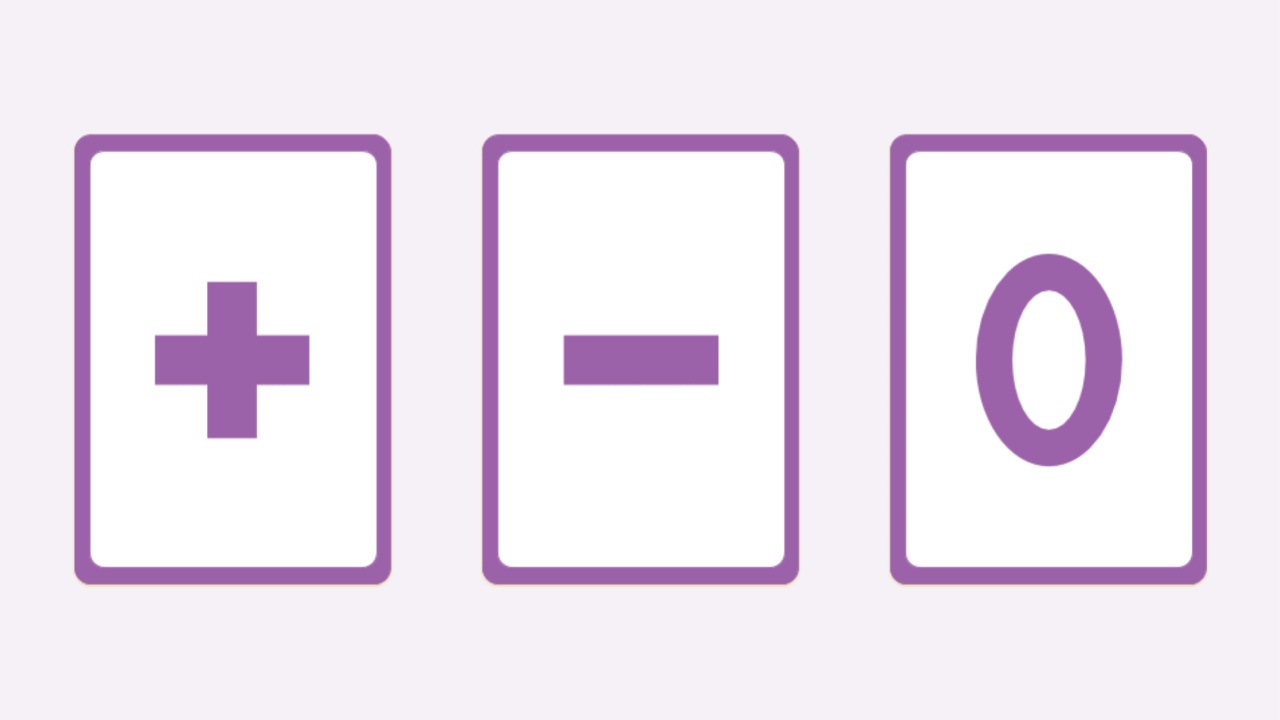LENORMAND READER
BLOG
[EDITED VIDEO TRANSCRIPTION]
We could easily categorize Lenormand's cards in terms of their positive, negative, and neutral aspects. This is actually one of the quickest ways to get started with the cards and to make sense of their meanings effectively.
So in this video, I want to tell you a li...
[EDITED VIDEO TRANSCRIPTION]
The first thing most of us do when we set out to learn on our own is to understand Te card meanings. This normally means that we try to memorize the cards. But I want to tell you why you don't need to memorize the card meanings and what you can do instead to learn th...
[EDITED VIDEO TRANSCRIPTION]
If you’re starting out with Lenormand, or even if you had been reading for a while, you might be wondering how best to practice in a way that will actually help you grow.
So in this video, I want to give you some helpful tips and suggestions so you can start making ...
I like to call our ability to stretch our reading skills, the interpretive imagination.
I don’t mean by this that we invent messages that aren’t there, but rather that we’re able to grasp deeper insights from the cards so we get genuinely helpful answers to our questions.
The interpretive imaginat...
Anyone who has used a Lenormand deck or examined one knows that its cards are ordered by their number, starting with the Rider as card 1 and ending with the Cross as card 36.
I always found it tricky to memorize Lenormand’s card numbers. It’s even tricky to look them up in a guidebook!
That’s beca...
Most of us come to Lenormand because of its amazing ‘in-your-face’ insights. But sooner or later, and the more we practice, we’ll get those readings that seem to not say much.
There’s actually a word for this Lenormand phenomenon and we can thank Caitlin Matthews for it and her many contributions t...
After just a short while exploring Lenormand’s cards, it becomes clear that they can be broadly divided into positive, negative, and neutral cards.
This is one reason why it’s easy to learn Lenormand and why we quickly make a connection with the cards.
Interpreting cards as positive, negative, or ...
If you’ve seen a Lenormand deck, you’ve probably noticed that each card is associated with a playing card - or pip. The pip, card number, and sometimes a quote, are ‘insets’ on Lenormand’s cards. Inset are in-set within the card.
And if you’ve looked closely, you might have noticed that not all 52 ...
Combining Lenormand’s cards is everything in this divination system. It’s the way meaning is created and the basis for how Lenormand layouts are weaved.
Unlike the Tarot and other systems, cards in Lenormand layout are not bound to their location on the spread. Instead, they’re read over and over a...






